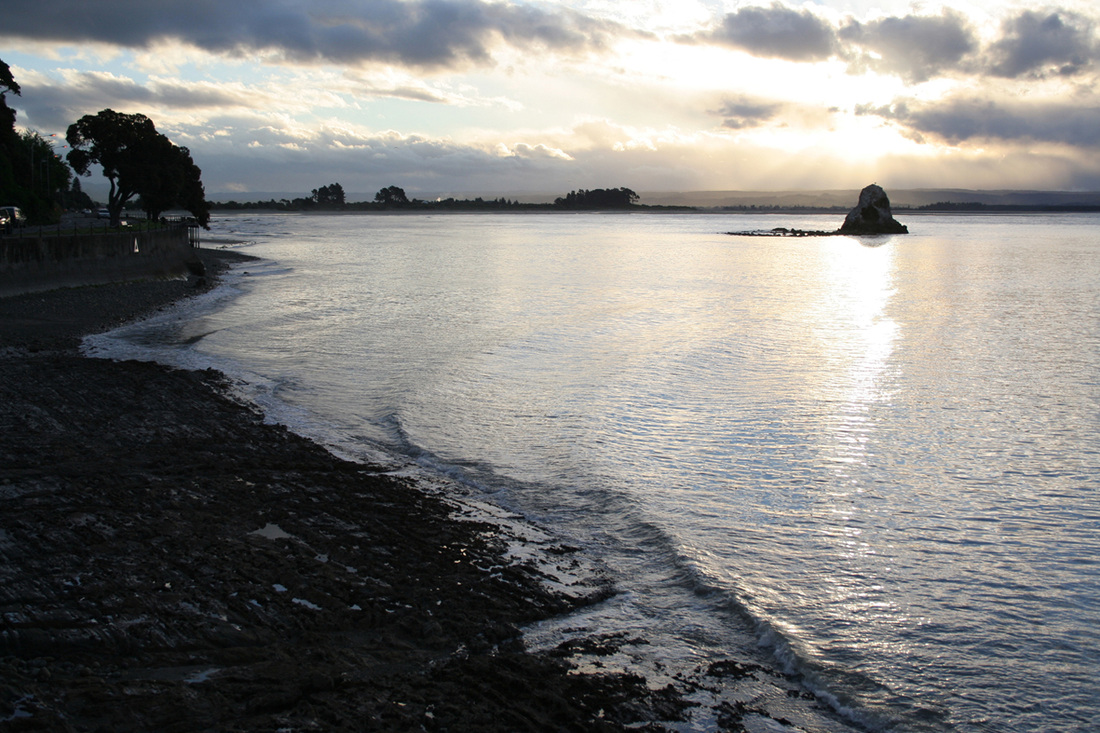|
Often we blindly scan through magazines or picture books knowing we like an image, but without spending some time to work out what it is about the image that appeals. Taking that second look can uncover clues to the way the photographer conceived, set-up and and shot the image.
Ask yourself; is it the lighting, the colouring - black and white, retro or vivid for instance, a particular highlight colour, the contrast - the difference between lights and darks, the subject itself or even the use of texture which appeals to you. Noticing these things can teach you a lot about composition. Searching for the reflective areas within the shot is probably the most revealing aspect as far as lighting goes. The eyes in a portrait, and even the shine on a forehead, can reveal the type of lighting used. The shadows will give us the quality and intensity of the light. Small, intense light sources, for example on a sunny day, create strong contrasts and sharp edges to the shadow - great for highlighting texture. Whereas large, diffused lighting (e.g. cloudy days) produce lighter shadows with less distinct edges - great for sympathetic portraits. My university students found this tip useful: find an image you like, notice where your eye lands on that image and then take note of where your eye travels around the photo. Often your eye will land on an area that is different, like dark hair in an overall light image (high key), then wander along lines, angles or even to where the subject is looking to other landmarks in the image. If there is continual movement around the picture, if those lines lead your eye back to the main element in the image and if that image holds your attention for more than a few seconds then the photographer has been successful. So next time your flicking through a magazine or glancing through a book take some time to consider how the photographer made such a captivating image.
1 Comment
|
Geri SheppardMother of two Archives
May 2016
Categories
All
|







 RSS Feed
RSS Feed